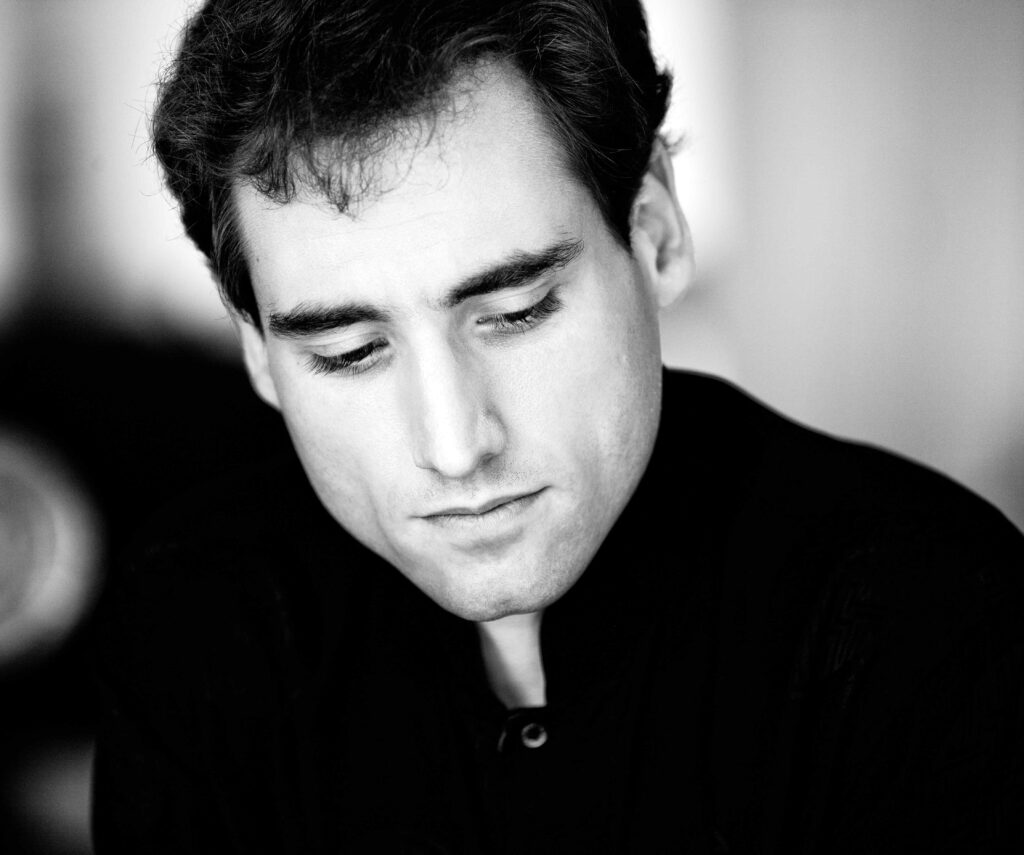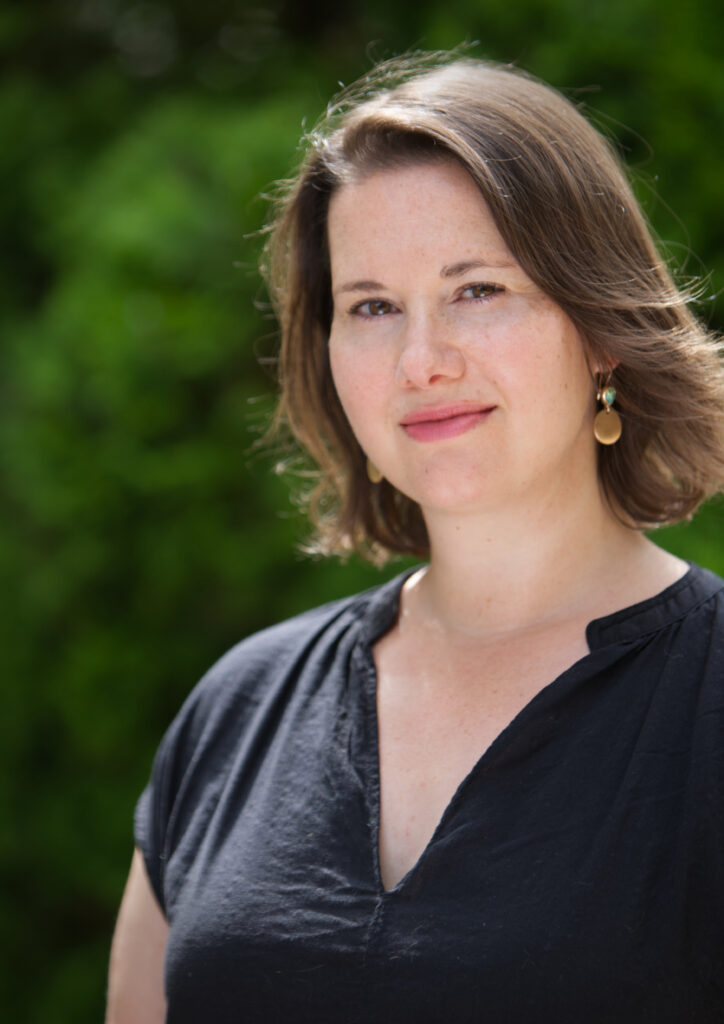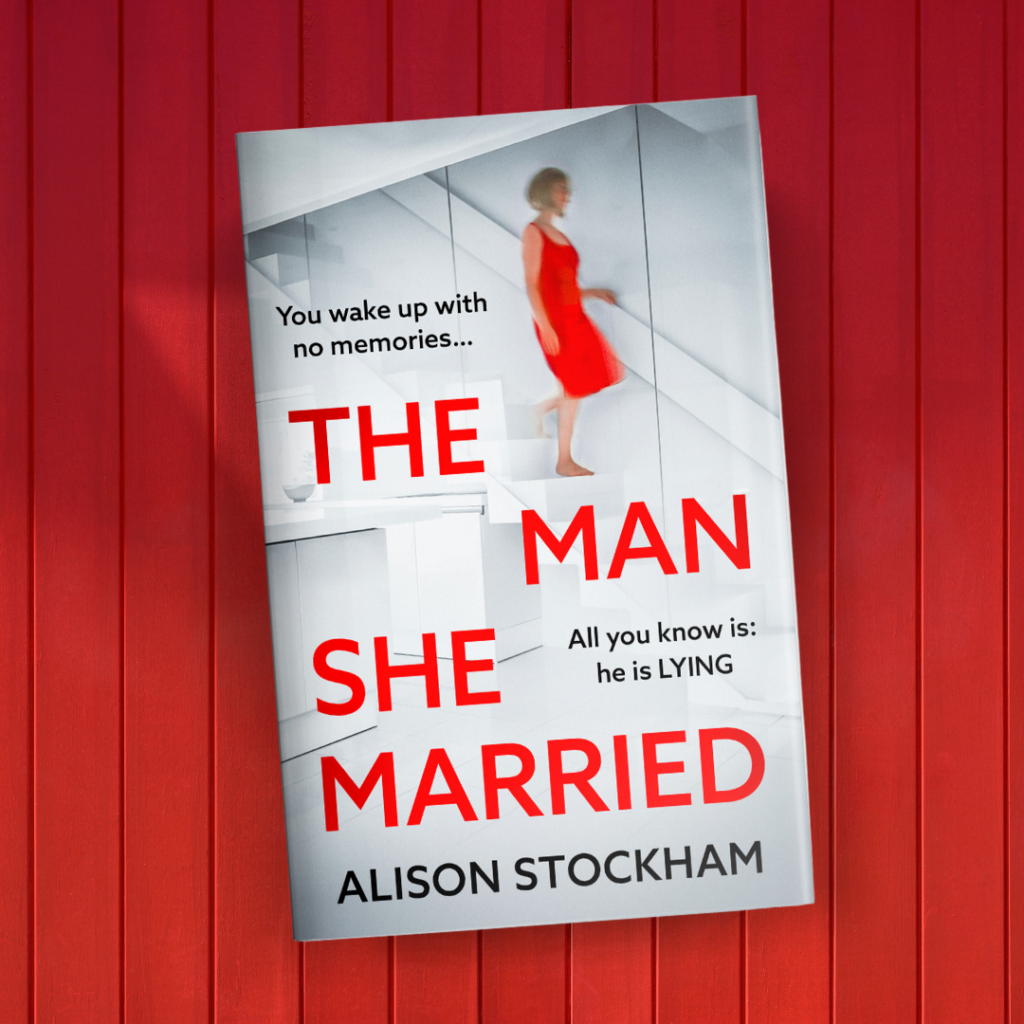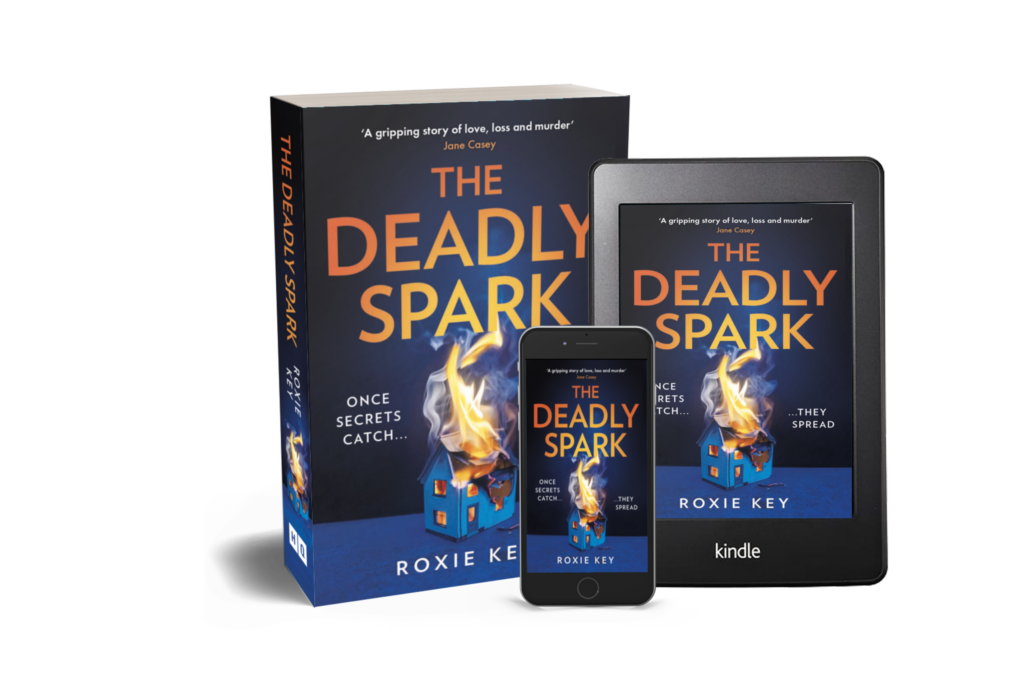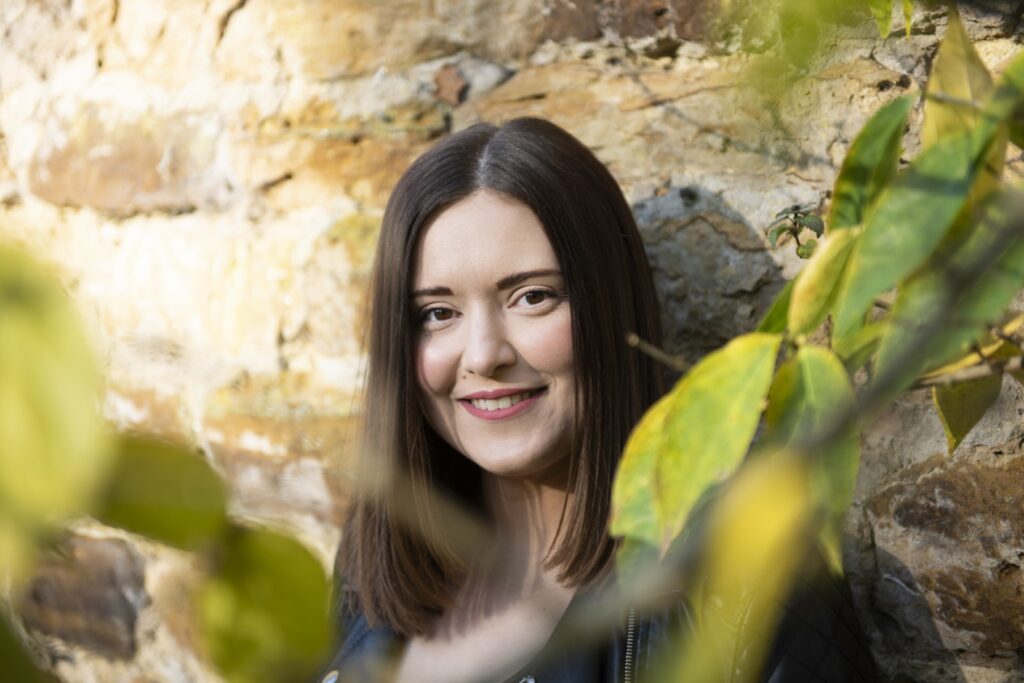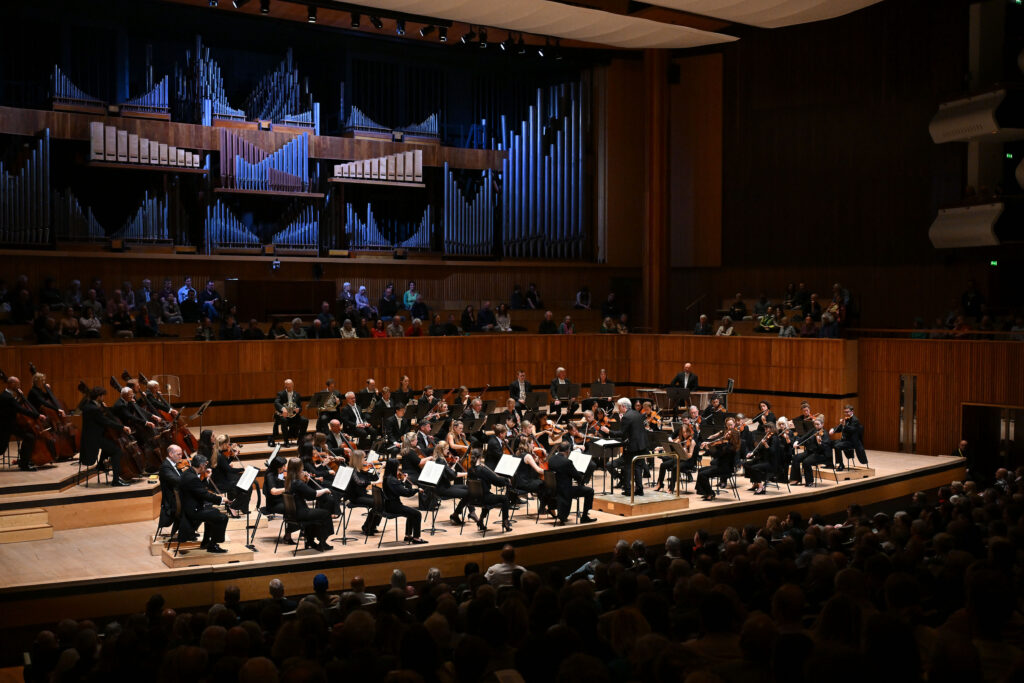Moving to a new place can be exciting, but packing for a long-distance move can feel overwhelming. Whether you are moving across the state or to a completely different part of the country, the process requires careful planning. From organizing your belongings to making sure everything arrives safely, there is a lot to think about. Without the right approach, packing can quickly become stressful, leading to last-minute rushing or misplaced items.
If you are moving from or to a busy city like Dallas, TX, the challenge can be even greater. The key to a smooth experience is learning how to pack effectively. Knowing what to prioritize and how to protect your belongings makes a big difference. In this blog, we will share practical tips to help you pack like a pro for a long-distance move.
Use High-Quality Packing Materials
Using the right packing materials can prevent damage to your belongings. For a long-distance move, sturdy boxes, packing tape, and cushioning materials like bubble wrap are essential. Thin or weak boxes can easily collapse under pressure, leading to broken items. If possible, invest in heavy-duty moving boxes designed for long trips.
For extra protection, wrap fragile items individually before placing them in boxes. Dishes, glassware, and electronics should be cushioned with packing paper or foam. Avoid leaving empty spaces in boxes, as this can cause items to shift during transport. When working with professional movers like Coleman long distance movers, having well-packed boxes makes loading and unloading much easier. Proper packing materials give you peace of mind knowing your items are secure.
Start Early and Make a Packing Plan
Waiting until the last minute to pack can lead to unnecessary stress. A long-distance move requires more organization than a local one. Give yourself at least a month to sort through your belongings and pack them properly. Creating a schedule will help you stay on track and prevent last-minute rushing. Start by packing items you use the least, such as seasonal clothing, holiday decorations, or books. This way, you will not be scrambling to find things you need daily.
A packing plan will also help you identify what needs special care. Fragile items, electronics, and important documents should be packed separately and labeled clearly. Taking inventory of your items ensures that nothing is left behind. By planning ahead, you can also estimate how many boxes and packing materials you will need. Being organized saves time and effort in the long run.
Declutter Before You Pack
Packing is the perfect opportunity to get rid of things you no longer need. Moving unnecessary items will only add to the cost and effort. Go through your belongings and decide what to keep, donate, or throw away. Clothing you have not worn in years, broken electronics, and old furniture may not be worth moving to your new home.
Decluttering makes unpacking easier and helps you start fresh in your new space. Consider selling valuable items online or holding a garage sale. Donating to local charities is also a great way to give back while lightening your load. By reducing the number of items you move, you will save money on packing supplies and moving services.
Label Boxes Clearly and Keep an Inventory
Labeling your boxes properly will make unpacking much easier. Instead of writing just “bedroom” or “bathroom,” include a brief description of the contents. For example, “bedroom – perfumesand accessories” will help you find what you need without opening multiple boxes. Use bold markers or printed labels for better visibility.
Keeping an inventory list will also help you keep track of your belongings. You can write it down on paper or use a phone app to list the items in each box. This is especially helpful for long-distance moves where multiple people may be handling your boxes. If anything goes missing, your inventory list will help you identify what needs to be replaced.
Pack a Moving Day Essentials Bag
Moving long-distance means you may not have immediate access to all your belongings once you arrive. Pack a small bag with essentials such as toiletries, a change of clothes, medications, and important documents. This will prevent you from having to dig through boxes for necessary items on the first day in your new home.
You should also include phone chargers, snacks, and any paperwork related to the move. If you are traveling with children or pets, pack their essentials as well. Having these items within reach will make your first night in your new home much smoother.
Protect Fragile and Valuable Items
Long-distance moves involve a lot of handling, so fragile items need extra care. Wrap glassware, ceramics, and electronics in thick padding before packing them in boxes. It is best to use specialized boxes for delicate items, such as dish packs for plates and dividers for glassware.
For valuable items like jewelry, important documents, or family heirlooms, consider keeping them with you rather than packing them in the moving truck. If you must pack them, label the box as “fragile” and ensure it is well-padded. Taking these extra precautions will reduce the risk of damage during transit.
Optimize Space When Packing Boxes
Packing efficiently saves space and reduces the number of boxes needed. Instead of placing items randomly, pack strategically. Heavy items should go at the bottom of the box, while lighter items should be placed on top. This prevents breakage and keeps boxes balanced.
Use soft items like towels, blankets, or clothing to fill empty spaces and provide extra cushioning. Rolling clothes instead of folding them can also save space in your boxes. Avoid overfilling boxes, as this can make them too heavy to carry safely. By optimizing space, you will make the moving process more efficient.
In conclusion, packing for a long-distance move requires careful planning and organization. Starting early, using quality packing materials, and labeling your boxes properly can make the process less stressful. Decluttering before you pack helps lighten the load and makes unpacking easier in your new home. Keeping an essentials bag ensures you have important items within reach. Whether you are moving from Dallas or any other city, taking the right steps can make a difference. Packing efficiently and considering professional movers can save time and effort. By following these tips, you will be better prepared for a smooth and successful move.


